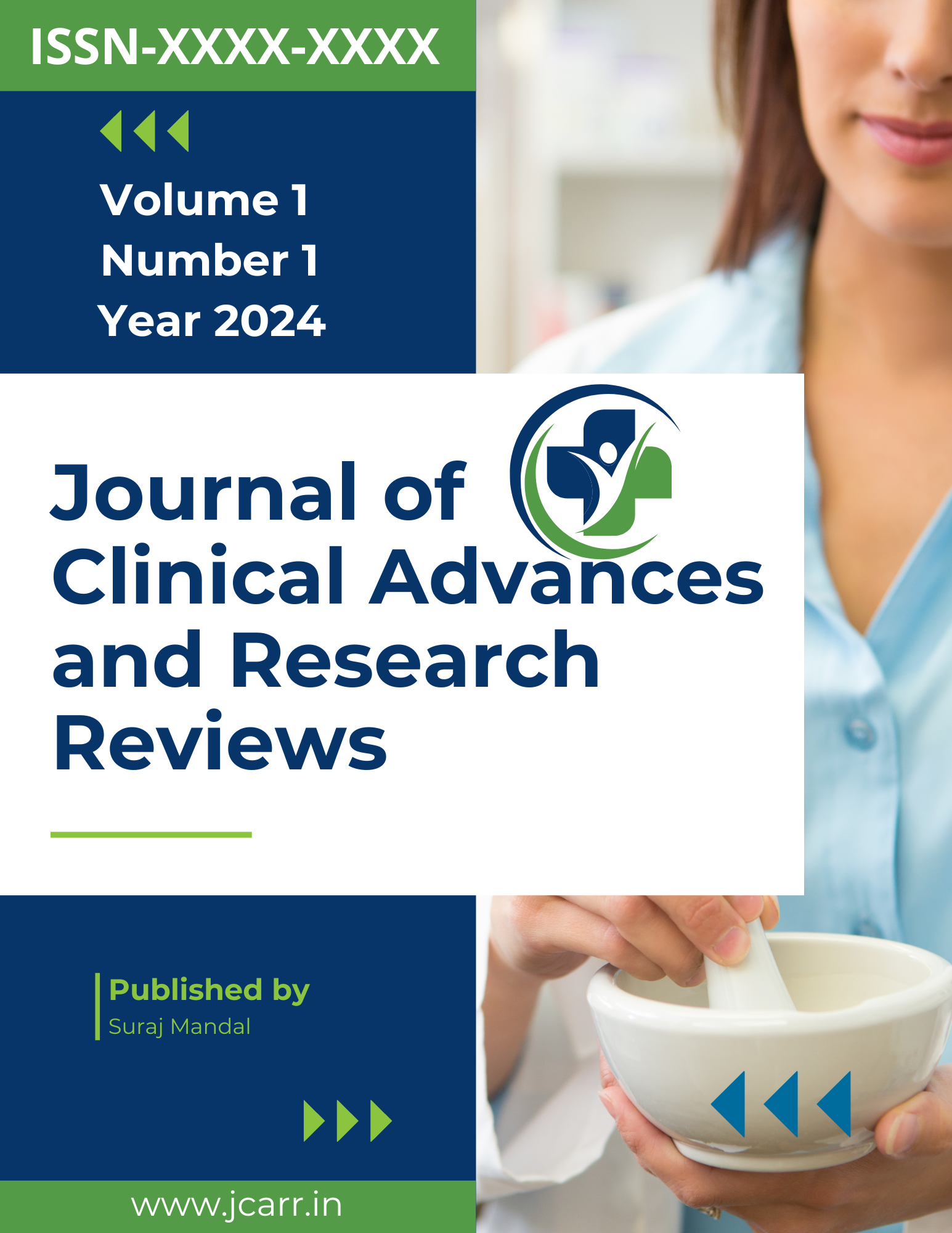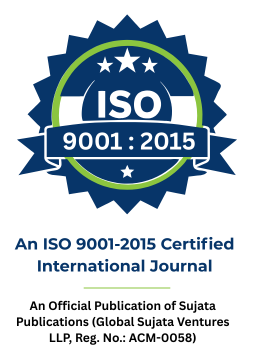Diabetes Mellitus: Understanding the Pathophysiology and Therapeutic Strategies
Keywords:
Diabetes mellitus, Type 1 diabetes, Type 2 diabetes, Gestational diabetes, Hypoglycemia, HyperglycemiaAbstract
Diabetes Mellitus (DM) affects approximately 100 million people worldwide, with both type 1 and type 2 diabetes causing significant health problems. Type 1 diabetes results from an autoimmune attack on pancreatic beta cells, resulting in inadequate insulin production; Type 2 diabetes is associated with insulin resistance and inadequate insulin secretion, which are mostly affected by genetics and lifestyle. Gestational diabetes also increases risk during pregnancy. Effective management requires lifestyle changes, medication, and sometimes insulin therapy. Complications include heart problems, kidney disease, neuropathy and eye problems. Many factors such as genetics, lifestyle and environmental factors can affect the development of diabetes. It is important to understand the pathophysiology of diabetes, including the role of insulin and glucagon. Lifestyle changes such as healthy eating, exercise and weight control are important. Pharmacological interventions, including insulin therapy and oral medications, are tailored to individual needs. Research is constantly exploring new avenues for future treatments, such as stem cells and gene therapy. Management strategies that integrate healthcare, lifestyle, and education are critical to reducing the burden of diabetes and improving patient outcomes.

Downloads
Published
Issue
Section
License

This work is licensed under a Creative Commons Attribution-NonCommercial 4.0 International License.



